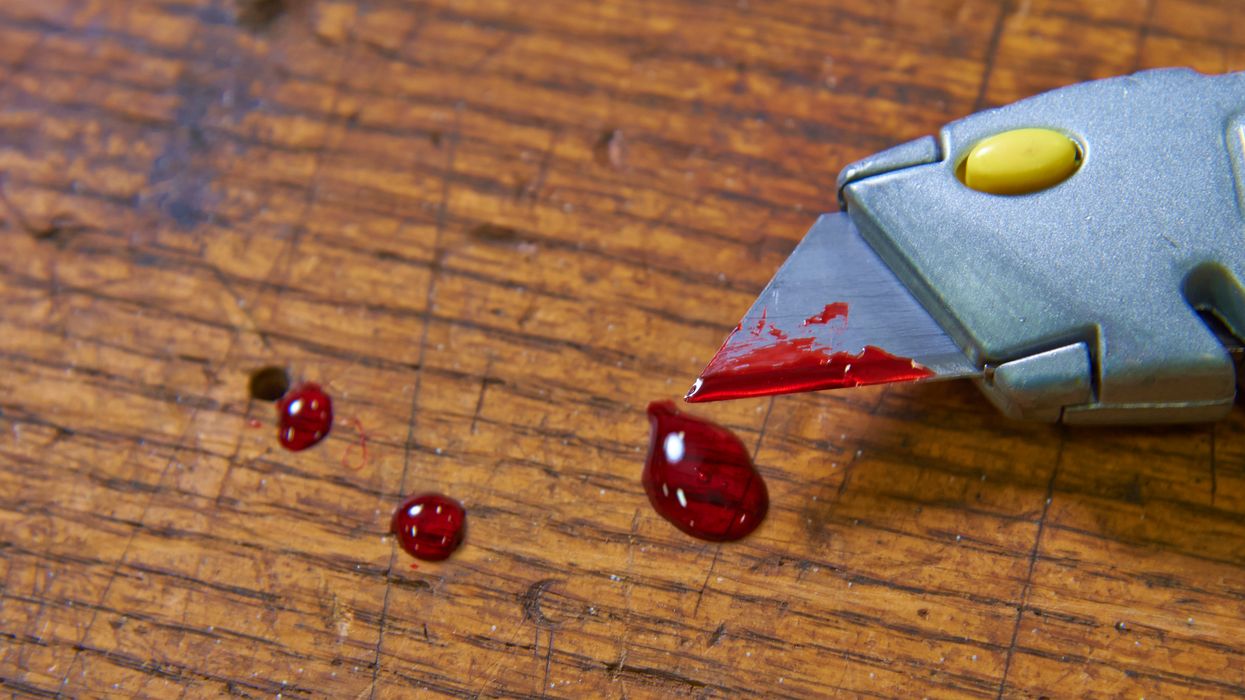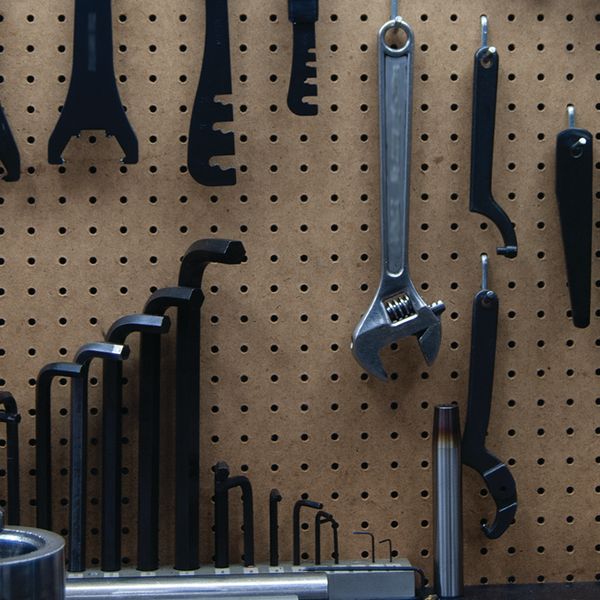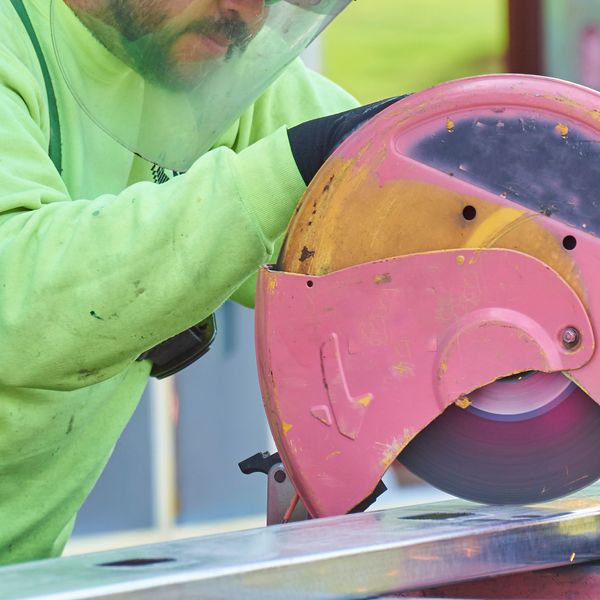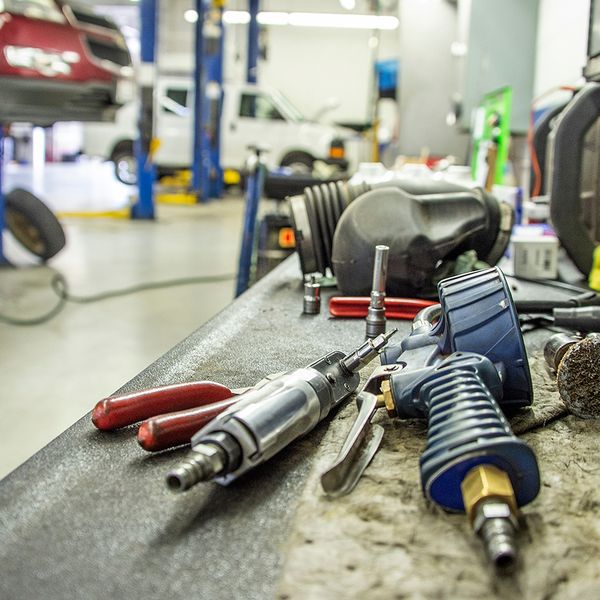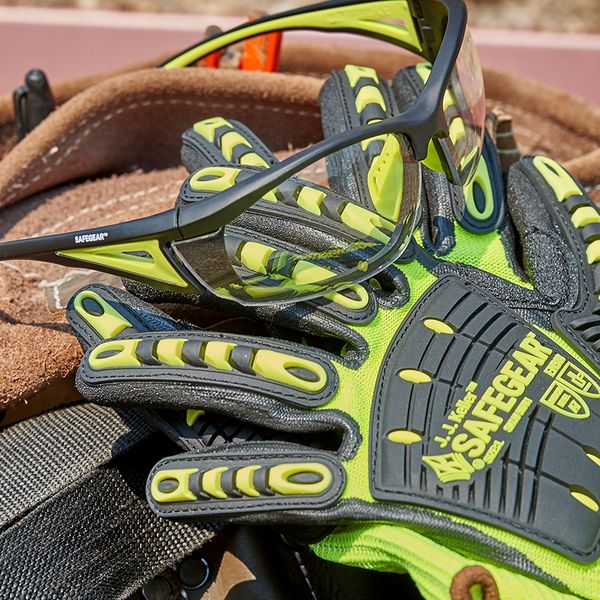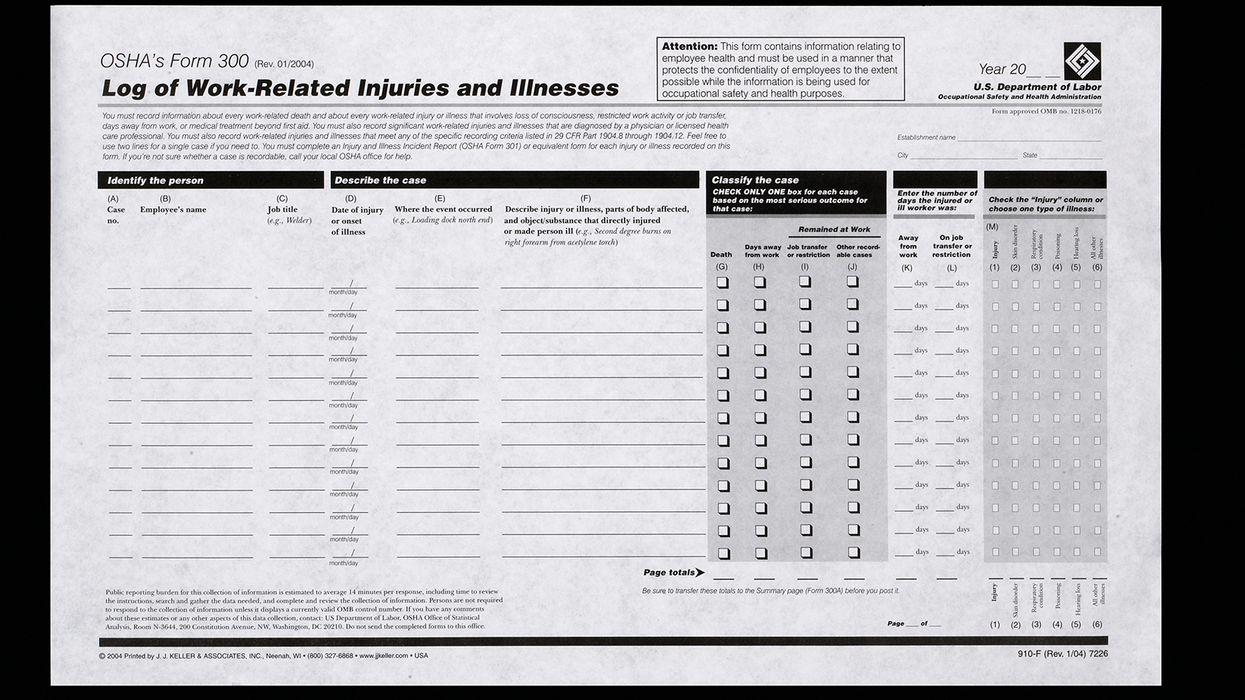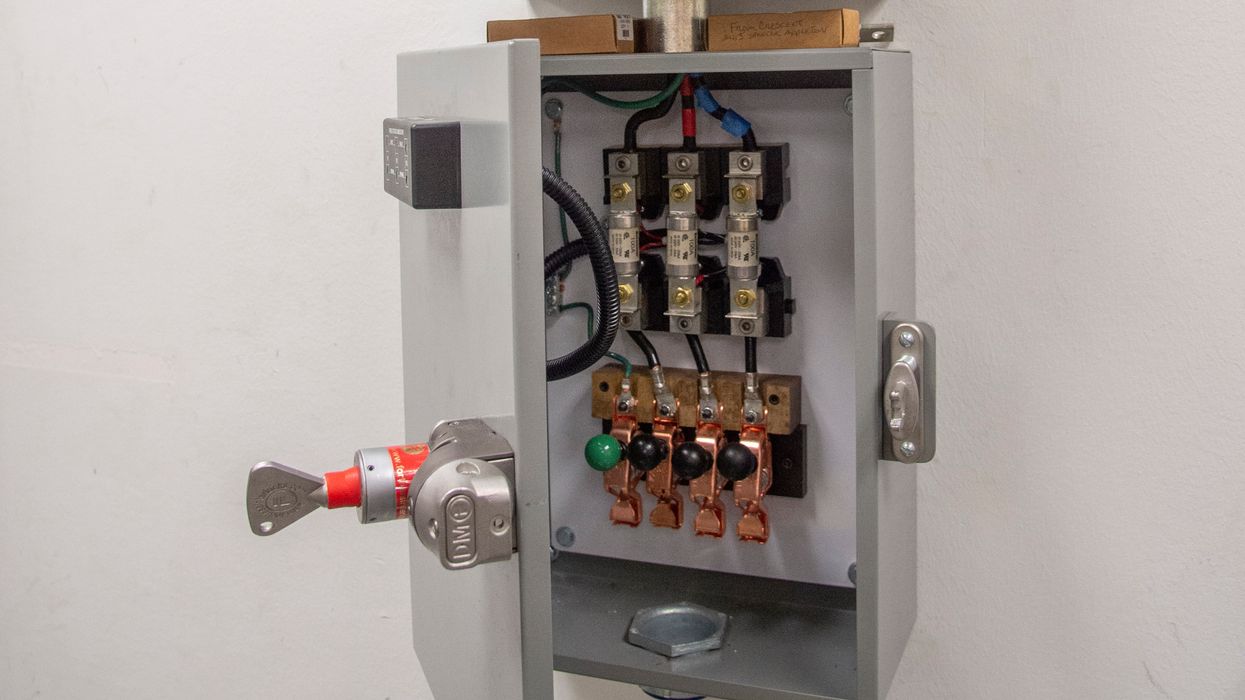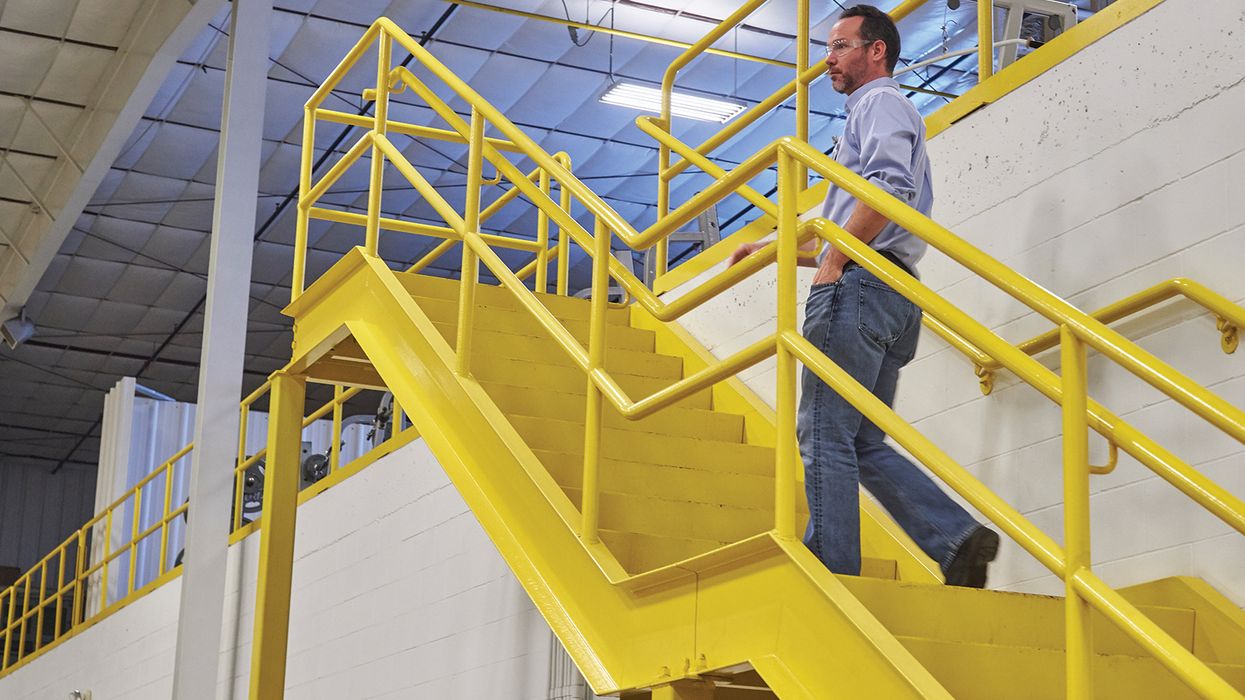A sharp reminder on utility knife safety
Don’t assume that employees know how to safely use even simple hand tools like utility knives. Delivering training on proper handling, grip, technique, maintenance, and related topics should help prevent injuries.
Some tools are so common that workers begin to overlook the hazards of using them. Serious injuries can occur if employees don’t follow the safety rules. Extensive experience using a tool without a mishap may cause workers to become complacent and ignore proper technique. That’s when accidents happen.
For a summary of all training requirements, see our table of Required General Industry OSHA Training At-A-Glance.
Utility knives are commonly used, but injuries caused by them are also far too common. Workers using these tools could make a number of errors that result in injuries.
- The user forgets the blade is not retracted and handles the tool or even puts it in a pocket with the blade partially or fully extended.
- The knife slips off the material being cut. This can occur from applying improper force (too little or too much) to the material.
- The material being cut was not properly secured and shifts, causing the blade to move in an unexpected direction.
- The razor blade breaks and strikes the worker. This sometimes happens when the blade is dull and the user applies excessive force to cut the material.
- The worker cuts toward his or her body, or cuts in an arc toward part of his or her body, and is injured when the blade slips or breaks.
- The user is not watching the blade when performing the cut and is injured when it strikes some part of his or her body.
- The worker gets cut while changing out a dull or broken blade.
Avoiding utility knife injuries
To avoid injuries, make sure employees follow these basic rules when using a utility knife:
- Retract the blade fully into the handle when not using the knife.
- Replace the blade when it becomes dull or broken.
- Make sure the material being cut is held securely so it can’t shift or move. The force used to secure the material should exceed the force used to make the cut.
- Concentrate on the material to be cut and watch the blade at all times.
- Apply a consistent, firm (but not excessive) pressure while performing the cut.
- Always cut away from the body, and away from anyone else nearby.
- Use caution when changing dull or damaged blades.
- Wear appropriate PPE when required.
- Dispose of blades by placing them in an appropriate container.
Employers are responsible for the safe condition of tools and equipment that employees use. However, the workers are in the best position to notice problems. Employers should train workers in the proper use of all tools, including utility knives. Workers should be able to recognize the hazards of the tools they use, follow all safety precautions, and report any issues or concerns. Five basic safety rules can help prevent injuries:
- Keep all tools in good condition with regular maintenance.
- Use the right tool for the job.
- Examine each tool before use and do not use damaged tools.
- Operate tools according to the manufacturer’s instructions.
- Use personal protective equipment when required.
Note that the employer must provide any required personal protective equipment and train workers to correctly use the PPE.
Key to remember: Minor mistakes can result in injuries that could be easily avoided by consistently following proper techniques.

